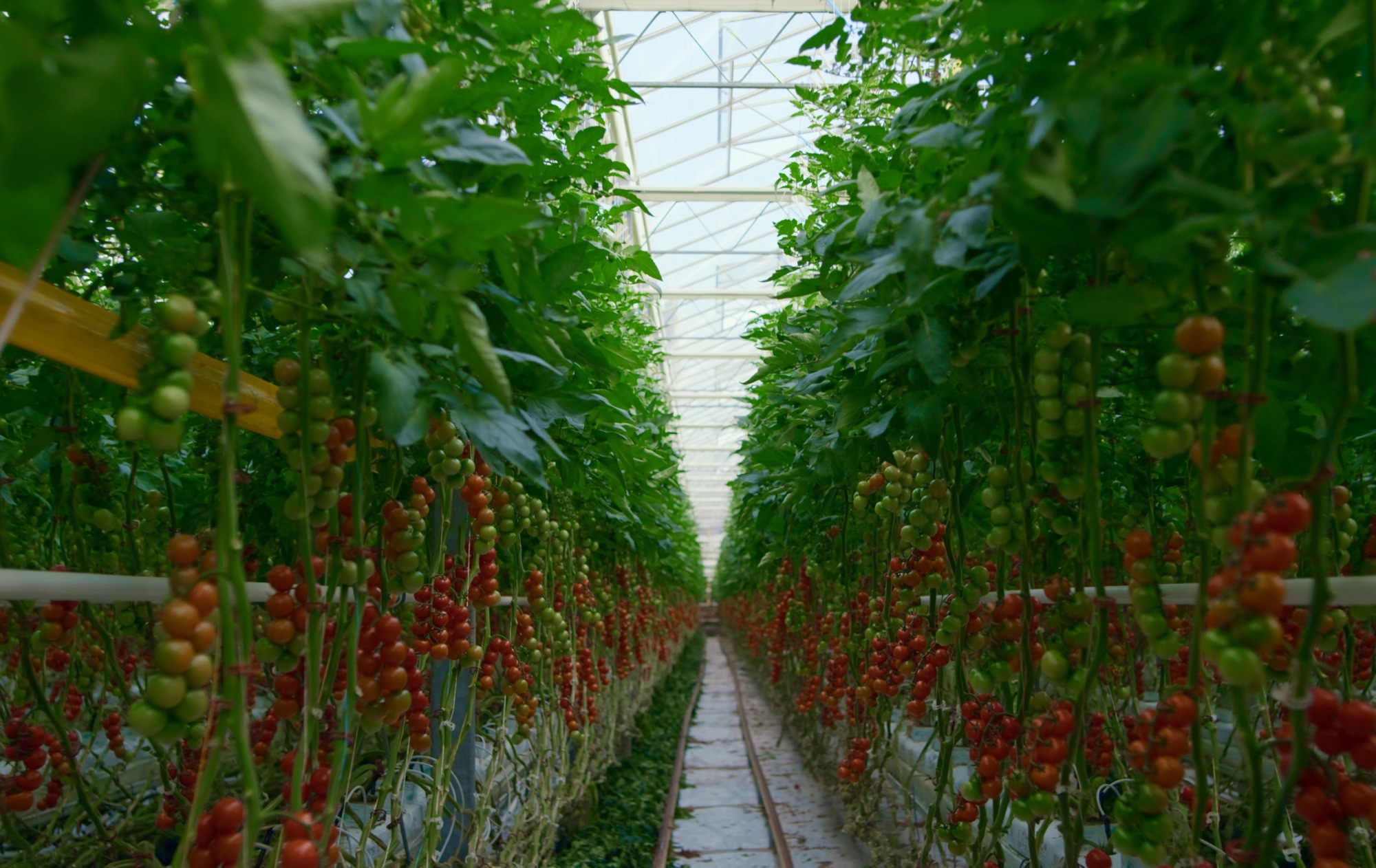Scientists have found that zinc oxide nanoparticles derived from cassava peels can considerably enhance tomato progress and drought resistance.
 Picture Credit score: Depiction Photographs/Shutterstock.com
Picture Credit score: Depiction Photographs/Shutterstock.com
A brand new examine printed in Plant Nano Biology discovered that zinc oxide nanoparticles (ZnO NPs) improved the expansion and stress tolerance of tomato vegetation (Solanum lycopersicum L.) underneath water-limited circumstances. The nanoparticles, synthesized utilizing cassava peel extract, display the potential of nanotechnology in much less explored fields, reminiscent of agriculture.
Agritech is seeking to nano-scale science for options to long-standing challenges, reminiscent of inefficient nutrient use and climate-related stress. Among the many most studied supplies are ZnO NPs, due to their capability to reinforce root improvement, enhance nutrient uptake, and enhance drought tolerance in crops.
What makes ZnO NPs notably engaging is their twin performance. They will stimulate plant progress and likewise seem to set off inside protection mechanisms, serving to vegetation handle oxidative stress, a typical aspect impact of drought circumstances. Additional, their antimicrobial properties could provide safety in opposition to soil-borne pathogens, decreasing the necessity for chemical pesticides.
Cassava Peels Turned Crop Booster
On this examine, researchers at Lagos State College used cassava peel extract as a pure decreasing and stabilizing agent to provide the ZnO NPs by means of a inexperienced synthesis. Beginning with a waste materials aligns with round financial system rules, recycling an unused output materials right into a invaluable enter.
The nanoparticles have been synthesized by dispersing ZnO in cassava peel extract and HCl, adopted by a discount. Profitable manufacturing of the NPs was assessed utilizing scanning electron microscopy (SEM) and X-ray diffraction (XRD) to verify their dimension and construction.
As soon as characterised, the workforce monitored the consequences of various concentrations of ZnO NPs (1.0, 2.0, 3.0, and 4.0 g/L) on tomato seedlings, evaluating them to untreated controls.
Over eight weeks, key progress indicators reminiscent of plant peak, leaf quantity, leaf space, and whole biomass have been recorded. Physiological stress markers, together with reactive oxygen species (ROS), malondialdehyde (MDA), and hydrogen peroxide (H2O2), have been measured, alongside antioxidant enzyme exercise for catalase (CAT), superoxide dismutase (SOD), and ascorbate peroxidase (APX).
Sharper Progress, Decrease Stress
After eight weeks of progress, the vegetation handled with ZnONPs, notably these handled with the very best focus at 4.0 g/L, confirmed substantial enhancements.
On common, handled vegetation grew nearly half a meter taller (48.33 cm), produced extra leaves (18.67), and had a bigger leaf space (82.33 cm2). The biomass of ZnO NP handled vegetation elevated by 20 % in comparison with untreated vegetation, suggesting enhanced nutrient uptake and metabolic exercise.
The researchers additionally discovered that oxidative stress decreased. Key indicators of mobile injury, MDA and H2O2, have been considerably decrease in handled vegetation. In the meantime, antioxidant enzyme exercise was notably larger, with CAT, SOD, and APX ranges rising by 30 %, 25 %, and 35 % respectively.
These outcomes point out that ZnO NPs not solely promote bodily progress but additionally activate the plant’s inside stress response programs, making them higher geared up to deal with drought circumstances.
A Sustainable Path for Farmers
The implications for sustainable agriculture are vital. By enhancing plant resilience and decreasing the necessity for artificial fertilizers and pesticides, ZnO NPs provide a sensible resolution for farmers working in water-scarce environments.
The inexperienced synthesis methodology utilizing cassava waste additionally presents an inexpensive, eco-friendly different to traditional nanoparticle manufacturing, doubtlessly decreasing prices and supporting waste-to-resource initiatives in agricultural communities.
Whereas the examine’s findings are promising, the authors suggest additional analysis to fine-tune software strategies and consider long-term results on soil well being and crop yields. Bigger-scale area trials will likely be important to verify the nanoparticles’ efficiency outdoors of managed environments.
Understanding the exact biochemical mechanisms behind ZnO NPs’ results on plant physiology may additionally open doorways to much more focused agricultural purposes, however additional analysis into the bigger results of nanoparticle-treated vegetation must be completed earlier than wide-spread uptake is feasible.
Journal Reference
Ojewumi, A, W., et al. (2025). Progress and manufacturing of water-stress indicators modified by zinc oxide nanoparticles as nanofertilizers underneath water-regulated circumstances on tomatoes (Solanum lycopersicum L.). Plant Nano Biology, 13 (100168). DOI: 10.1016/j.plana.2025.100168, https://www.sciencedirect.com/science/article/pii/S277311112500035X
